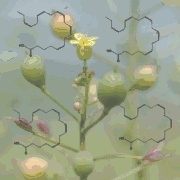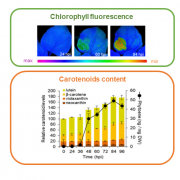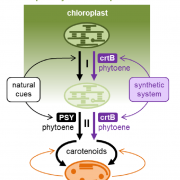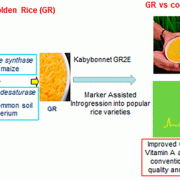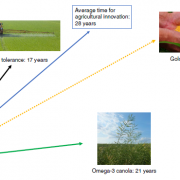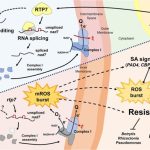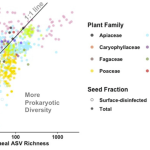A time to look for alternative nutrition sources (Nature Plants)
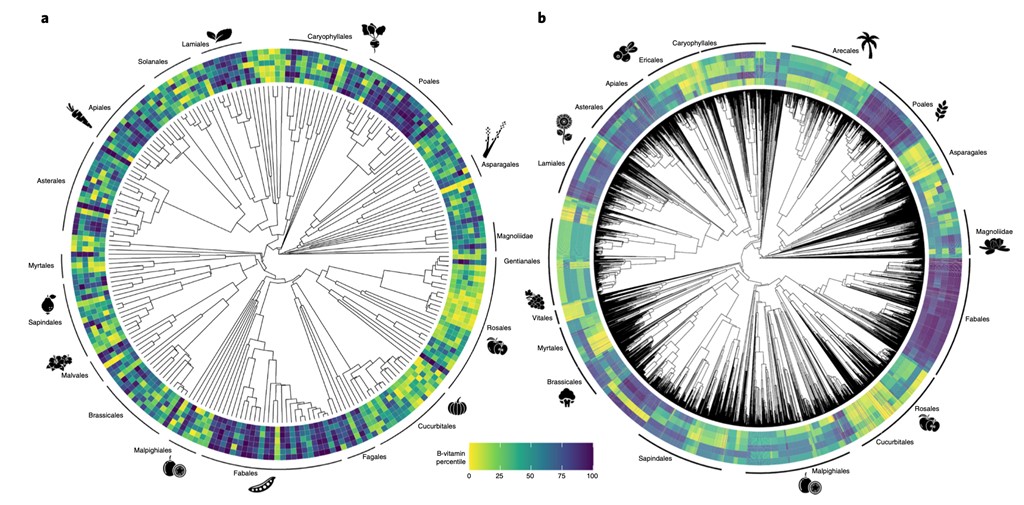 Recently, there has been a huge impetus to develop plants that can perform well under stress conditions and produce high yields so that an ever-increasing human population can be fed. Another point, less discussed but equally important, is the nutritional value that these crops can provide. Cantwell-Jones and colleagues have taken a very interesting phylogenomics investigation into the diversity of edible plants that are good sources of several types of vitamin B (thiamine, riboflavin, niacin, pantothenic acid, pyridoxine, and folate). The authors generated an edible plant phylogeny, mapped onto it species with known vitamin B levels, and predicted species that are anticipated to produce high levels of vitamin B. Although the identified species need experimental validation, theoretically they provide us with alternative sources beyond those already known. Their study noted that a significantly high number (about 42%) of the identified species are not conserved ex-situ in seed banks. This is alarming, as 15% of these species are threatened in their natural environment. Several countries can benefit by employing strategies for the conservation of these plants as they have the potential to serve as alternate vitamin B sources. Perhaps, as more countries are allowing gene editing in plants to create ‘future ready’ crops, we should also work diligently to save the ones with known benefits. (Summary by Sibaji K Sanyal @SibajiSanyal) Nature Plants 10.1038/s41477-022-01100-6
Recently, there has been a huge impetus to develop plants that can perform well under stress conditions and produce high yields so that an ever-increasing human population can be fed. Another point, less discussed but equally important, is the nutritional value that these crops can provide. Cantwell-Jones and colleagues have taken a very interesting phylogenomics investigation into the diversity of edible plants that are good sources of several types of vitamin B (thiamine, riboflavin, niacin, pantothenic acid, pyridoxine, and folate). The authors generated an edible plant phylogeny, mapped onto it species with known vitamin B levels, and predicted species that are anticipated to produce high levels of vitamin B. Although the identified species need experimental validation, theoretically they provide us with alternative sources beyond those already known. Their study noted that a significantly high number (about 42%) of the identified species are not conserved ex-situ in seed banks. This is alarming, as 15% of these species are threatened in their natural environment. Several countries can benefit by employing strategies for the conservation of these plants as they have the potential to serve as alternate vitamin B sources. Perhaps, as more countries are allowing gene editing in plants to create ‘future ready’ crops, we should also work diligently to save the ones with known benefits. (Summary by Sibaji K Sanyal @SibajiSanyal) Nature Plants 10.1038/s41477-022-01100-6


